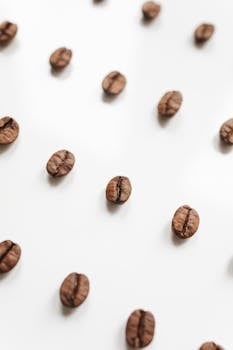Benefits
Nutritional Value
Digestive Health
Chronic Disease Prevention
Environmental Sustainability
Get creative with beans
Transforming beans into a rich, creamy spread for sandwiches or as a dip for veggies, ideal for both healthy snacking and adding a protein boost
Creating bean-based pasta as a gluten-free, high-protein alternative to traditional pasta, offering a nutritious option for those looking to increase their plant-based protein intake
Incorporating pureed beans into brownie or cake batters to add moisture, fiber, and nutrients while reducing the need for fats and eggs, making desserts healthier
Using beans as a base for vegan burgers, combining them with spices, grains, and vegetables to create a hearty, satisfying option that rivals traditional meat burgers
Developing a robust, flavorful bean coffee by roasting and grinding certain types of beans, offering a caffeine-free alternative to traditional coffee with unique health benefits
Something you can make with beans
Origin
Beans have a long history and are believed to have originated in Central and South America. Archaeological evidence suggests that beans were cultivated as early as 7000 BCE in Peru, Mexico, and Guatemala. The indigenous people of these regions, such as the Mayans and Aztecs, were the first to cultivate and consume beans.\n\nFrom there, beans spread to other parts of the world through trade and exploration. European explorers, including Christopher Columbus, encountered beans during their voyages to the Americas and brought them back to Europe. Beans quickly became a popular crop in many European countries.\n\nToday, beans are grown and consumed worldwide. They are a staple food in many cultures and are used in a variety of dishes, including soups, stews, salads, and side dishes. Some of the most commonly grown and consumed varieties of beans include kidney beans, black beans, pinto beans, chickpeas, and lentils.
